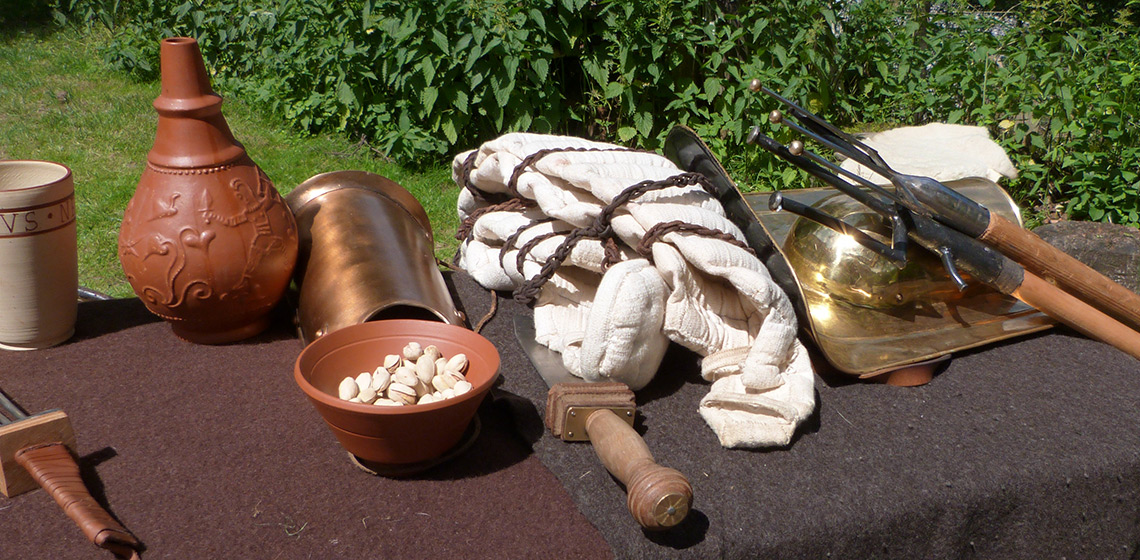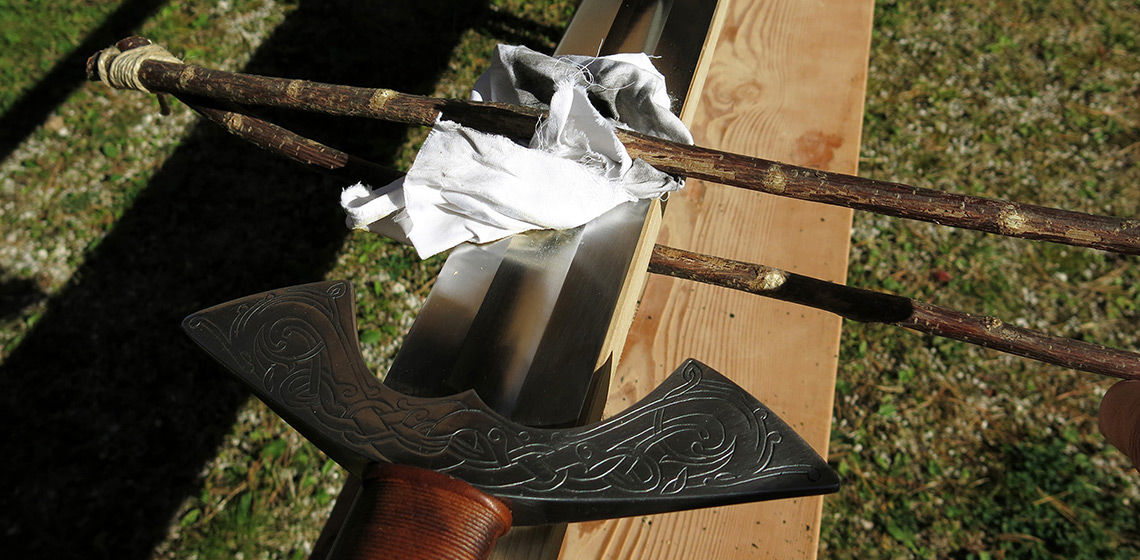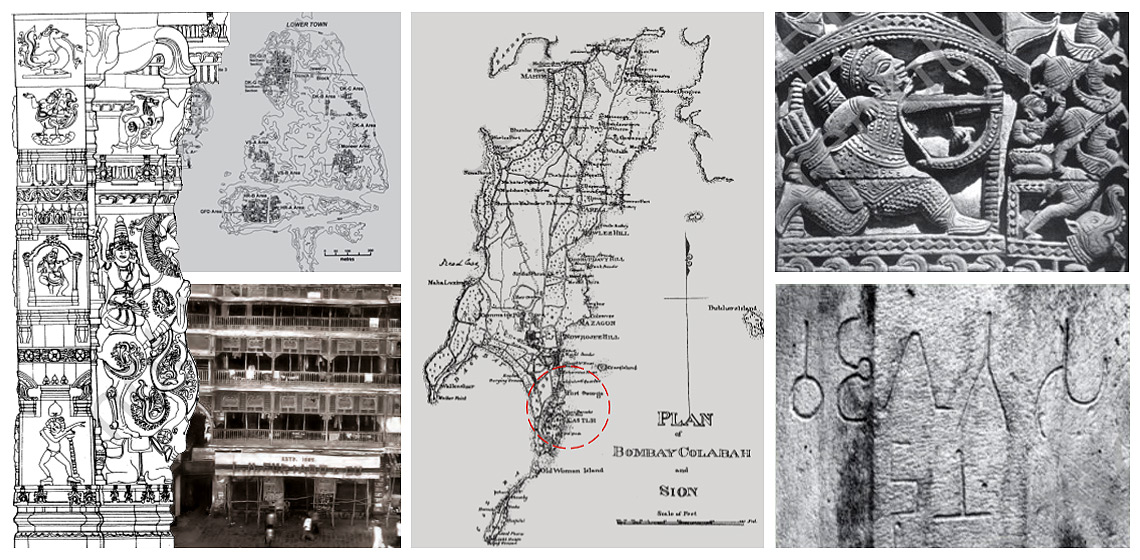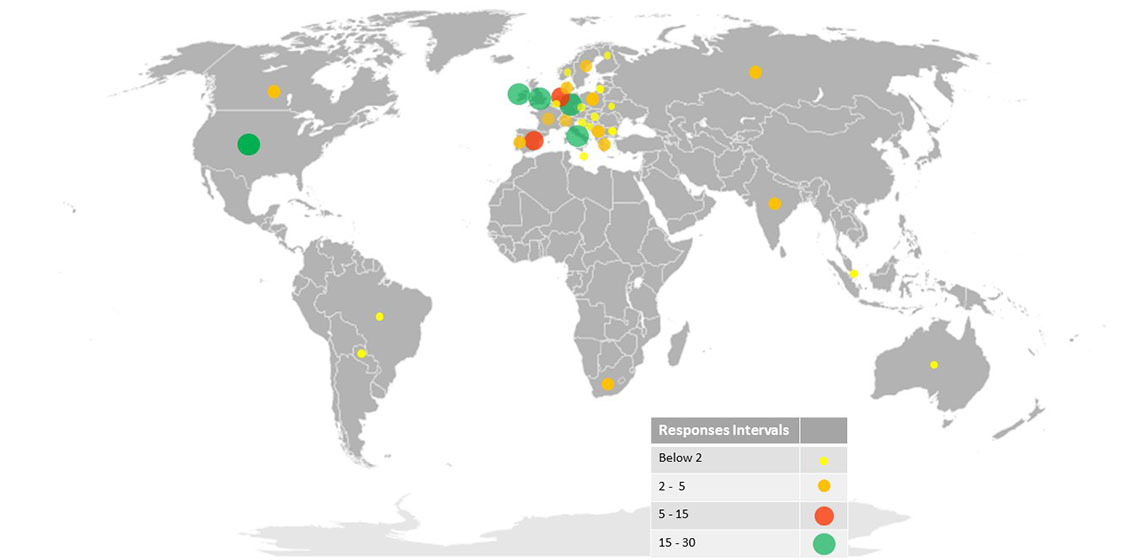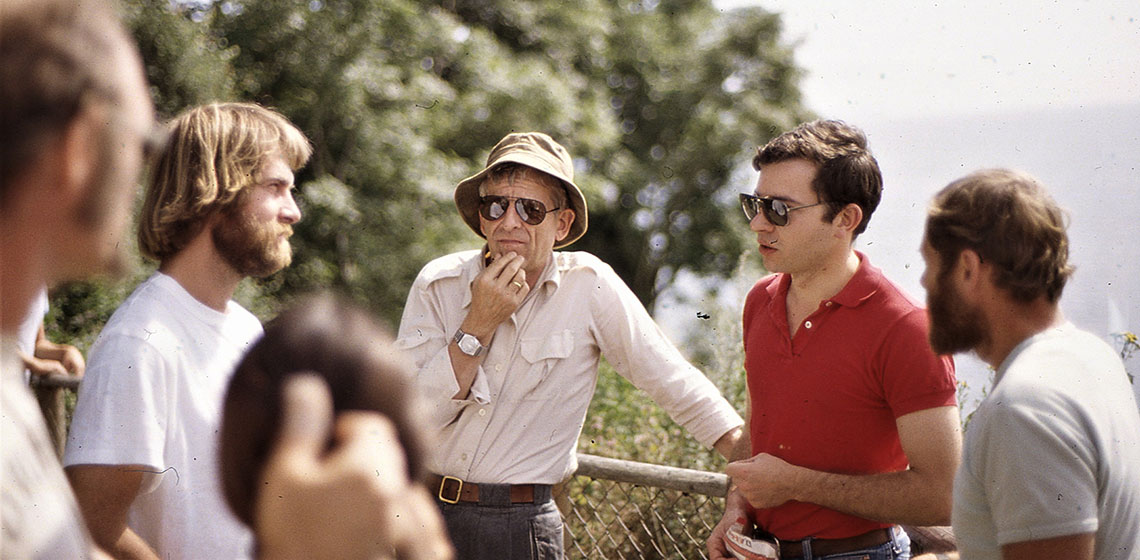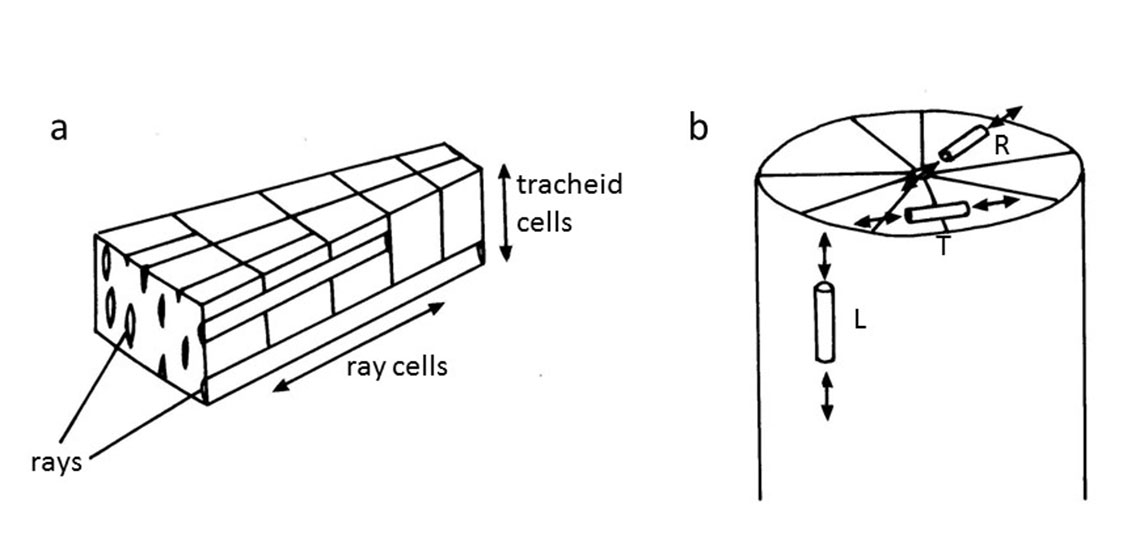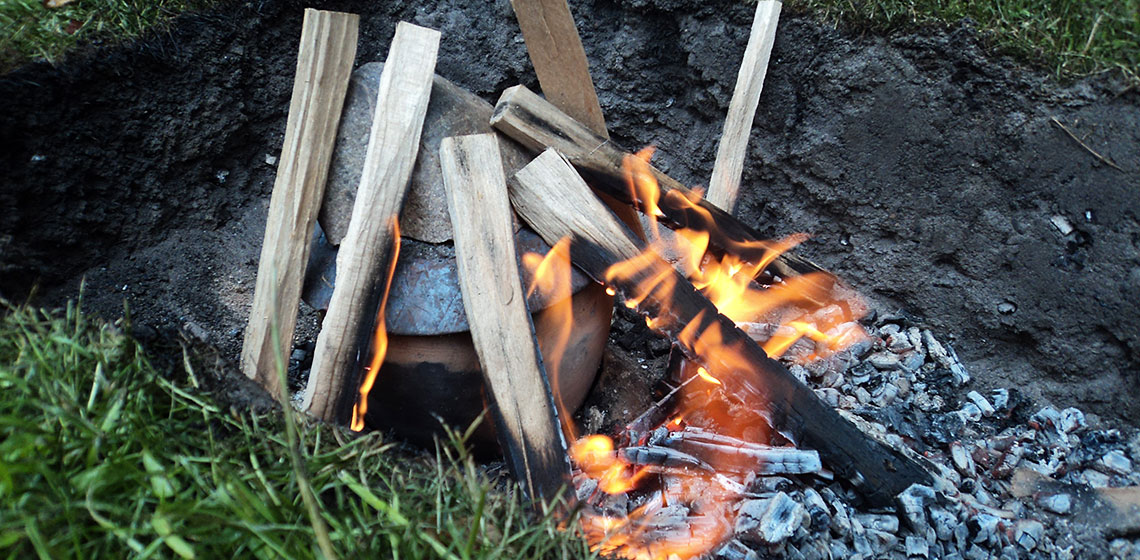Discussion: The Concept of Authenticity in Collections of Open-Air Museums
How is it possible that if you go into an arts museum, the ceramics you see may be made yesterday and may be a valued and legitimate part of the museum collection, while in open-air museums, a similar object may be produced by a master craftsperson yesterday, yet is not called authentic? Are we blinded by historical-archaeological authenticity?...
